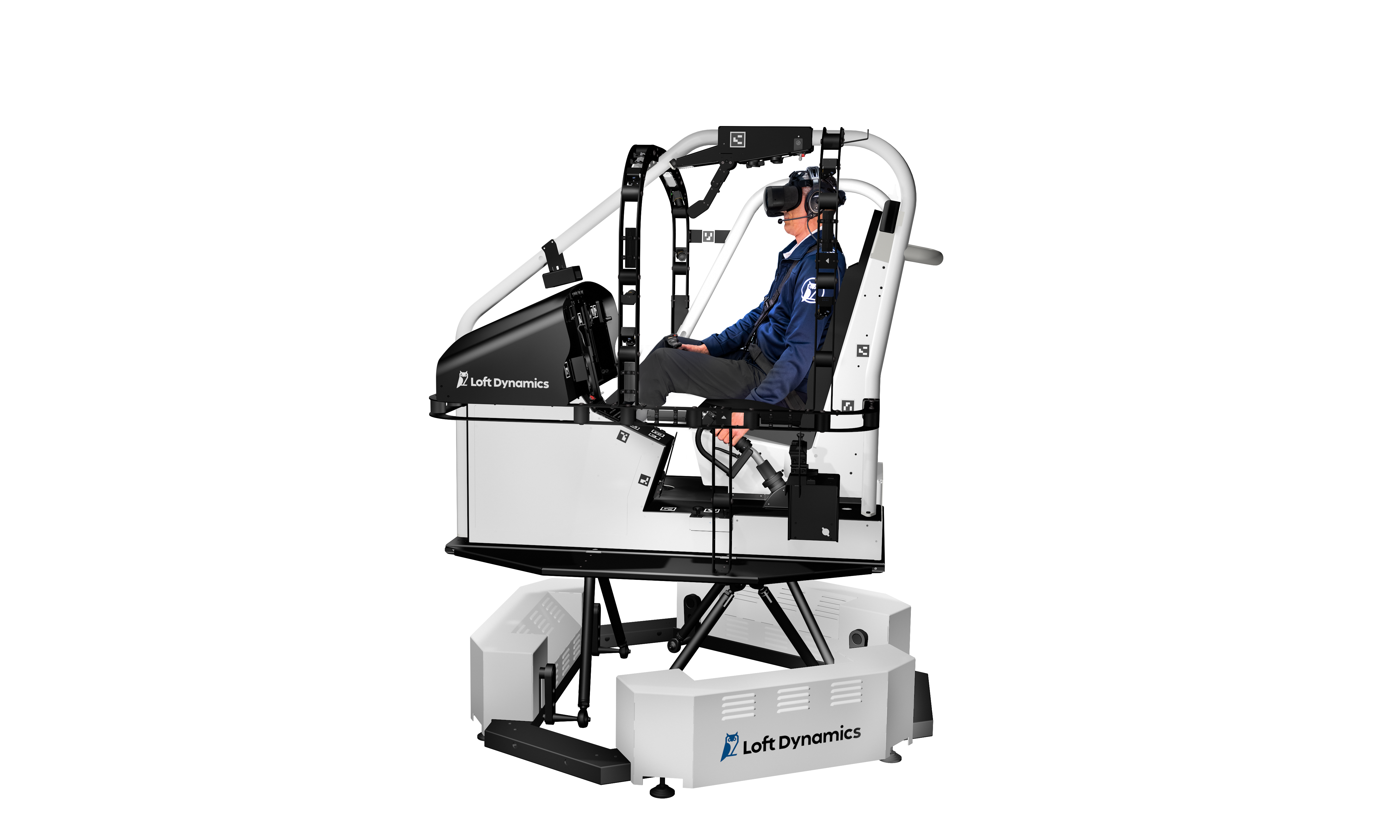|
Sep
23
2024
|
|
Posted 1 years 105 days ago ago by Admin
|
|

By Chris Hill, senior director of safety with Vertical Aviation International
In the helicopter pilot training world, simulators can arguably be described as priceless assets, but for many, they remain a hidden treasure waiting to be discovered. These systems offer a safe, controlled environment for pilots to hone their skills, practice emergency procedures, and enhance aeronautical decision-making without exposure to the risks of in-aircraft flight training.
The U.S. Helicopter Safety Team (USHST) and other safety advocates recognize the value of simulators for flight safety and emphasize the importance of integrating these tools into training regimens. Next-generation view-limiting devices, high-fidelity simulators, virtual reality (VR), and even desktop software can all enable pilots to safely experience a range of complex scenarios, from routine operations to hair-raising emergency procedures.
One key USHST initiative is the "56 Seconds to Live" campaign, which highlights the critical decision-making time that pilots have when deciding to plan and continue VFR flight in deteriorating weather. This campaign, along with scenario-based training, is designed to prepare pilots for the unexpected, reducing the likelihood of fatal accidents. These scenarios are crafted to simulate real-life situations, ensuring that pilots can practice and perfect responses without hesitation.
For more advanced operations, simulators allow pilots to perform complex maneuvers in risk-free environments. This is crucial for enhancing muscle memory and reaction times. Moreover, the ability to replay and analyze training sessions enables pilots to identify and correct mistakes, fostering novel concepts like personal humility, self-awareness, and continuous improvement. Simulators also play a vital role in crew resource management (CRM) training. Effective communication and teamwork are essential for safe flight operations, and simulators are ideally suited for honing these skills.
Continued advancements in simulation technologies make them a must-have for evolved and safety-conscious operators. High-fidelity simulators can replicate specific helicopter models and types with incredible accuracy, providing realistic flight dynamics, cockpit layouts, and instrumentation.
Additionally, VR simulation solutions offer immersive experiences that enhance learning while reducing the real estate inherent in complex cockpit designs. VR can recreate nearly limitless flight environments and weather conditions that allow pilots to practice in diverse scenarios.
Some innovative view-limiting devices now enable qualified instructors to transform in-aircraft hood training into a controlled but insidious “VMC into IMC” scenario that often induces spatial disorientation (SD) in the pilot under instruction. This in-aircraft training can expose pilots to a full range of SD avoidance, recognition, and recovery techniques that are difficult, if not impossible, to replicate in other simulators.
In conclusion, helicopter simulators are indeed like lost treasures—rich with potential to transform pilot training and enhance flight safety. For those who are considering adopting simulation tech for the first time, I urge you to take a fresh look at the many options now available to you and your flight crews. Those who embrace simulation technologies and encourage their integration into company training programs will soon wonder why it took them so long to discover this lost treasure.
For more detailed information about simulation technologies and other related information, you can explore the full article on the USHST website.
READ MORE ROTOR PRO: https://justhelicopters.com/Magazine
WATCH ROTOR PRO YOUTUBE CHANNEL: https://buff.ly/3Md0T3y
You can also find us on
Instagram - https://www.instagram.com/rotorpro1
Facebook - https://www.facebook.com/rotorpro1
Twitter - https://twitter.com/justhelicopters
LinkedIn - https://www.linkedin.com/company/rotorpro1